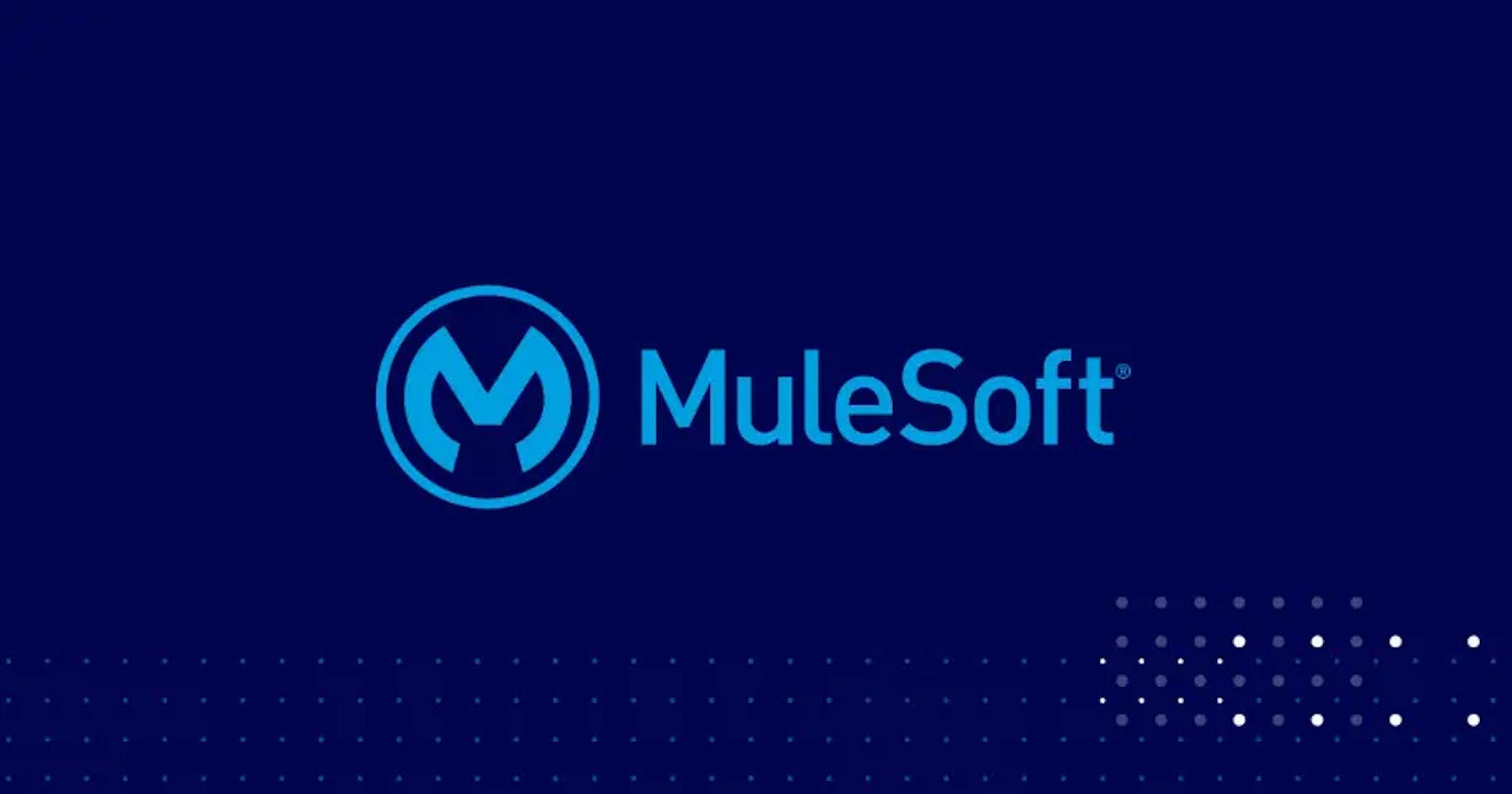What is MuleSoft?
MuleSoft is a middleware, API Integration platform that allows enterprises to build robust integrations to alleviate their business needs and introduces various innovative solutions to expand the business.
- As per my understanding, MuleSoft introduced an architectural paradigm that combines SOA, some aspects of the MVC pattern, and Enterprise Integration patterns called API-Led Connectivity.
- It allows developers and architects to divide the APIs into specific layers such as Experience, Process, and System API.
💡 What is Middleware? What is API?
What is an API?
An API is like a blueprint/code that acts as an access point, a blueprint to all types of Systems. Assume that it is a black box that will execute and performs the specified function.
- MuleSoft provides us with these APIs for developers to implement their business logic using MuleSoft. The advantage of API is that we do not need a deep dive into how a system works internally.
- In the MuleSoft world, they are called Connector / Modules / Operations. Each connector provides a specific function that it will perform on the system.
What is Middleware?
A Middleware is software that acts as a software glue between systems by providing common ways to interact with systems via connectors.
- Enterprise Service Bus (ESB) is the architecture that allows us with a set of rules and principles over a bus-like infrastructure.
- The core concept of ESB is connecting to different systems by putting a communication bus or a software glue between them, decoupling various applications, and allowing them to communicate without any dependency.
- MuleSoft developed a runtime engine called Mule, a flexible ESB solution that will act as the glue between systems by providing pluggable connectors.

Connectors:
MuleSoft provides various connectors such as
There are many connectors by MuleSoft and other community developers. The below are few examples.
- Core: Few core connectors enable developers to build integrations in MuleSoft:
- Flow: A flow is a top-level component in a Mule application. It is the starting point of any integration in Mule.
- Transformers: Transforms and stores data.
- Async: Enable asynchronous processing.
- For-Each: The For Each scope is similar to a "for each" or "for loop" in most programming languages. Iterates through a collection. If a particular item in a collection throws an exception, the For Each scope will stop processing and invoke an error handler.
- Parallel For-Each: Splits the message into parts and processes each message part in parallel.
- Batch: Enable batch processing of records.
- Database: Connect to JDBC-compliant Databases
- Salesforce: Connect to Salesforce System.
- HTTP: A module to create HTTP(S) server or call an API via HTTP(S).

